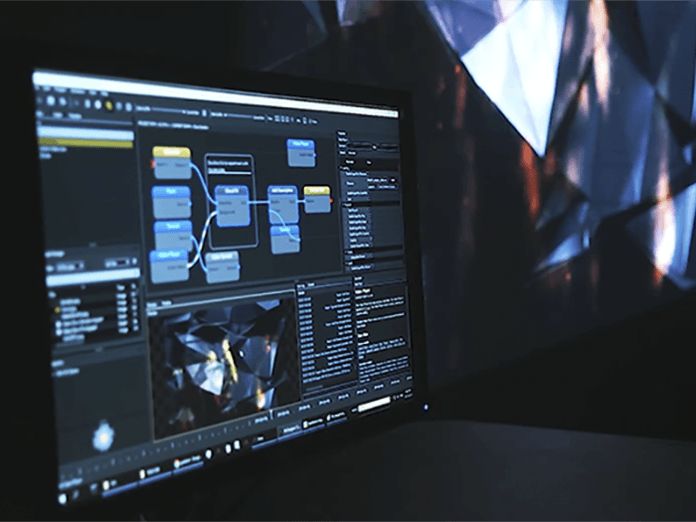
RealMotion, the new technology venture stemming from design firm Float4, has announced the introduction of the next generation of its transformative RealMotion content generation and editing platform which now supports full integration with Notch software.
The second generation updates stem from user requests and research, and they underscore the company’s commitment to make the RealMotion platform the most powerful, flexible and creative content generation and delivery system available for entertainment purposes today.
Director of RealMotion, Geoffrey Platt, said: “We listen to our users, and we want to evolve RealMotion into a platform that optimises workflows in the way that creative professionals work in entertainment today. By adding full integration support for Notch, we are directly addressing the industry’s need for the best tools that empower professionals to produce their very best work.”
In addition to the Notch integration, RealMotion now supports the NDI video streaming protocol, offering creators even more flexibility for every project. The company has also adjusted its product catalogue, from performance-based configurations into versions designed for specific vertical market applications, beginning with fixed installations. This new organisation means that end-users are provided with the specific tools and capabilities they need for the work they do.
“Ultimately, the new capabilities introduced today and the upcoming new product configurations will unleash a lot more power for creativity,” Platt added: “Anything we can do to make RealMotion more attractive to creators, we will do. That’s why we are working to integrate popular products creators are already using. Adding functionality allows more of the content creation process to occur within the RealMotion platform, optimising workflows.”
Matt Swoboda, Founder of Notch said: “At Notch, we’re committed to making software for content creators that’s flexible and scalable. We enable our users by giving them the power of rendering in real-time without having to code. Ultimately, we’re putting the creator back in charge of the creative, and we are looking forward to seeing how the integration will be used by RealMotion creators. RealMotion already has a great deal of power and flexibility which makes it really exciting, particularly in the fixed install space – and even more so when combined with Notch.”
The combination of performance, reliability, and flexibility separated the RealMotion platform from its competition. In terms of real-time power, RealMotion was designed for maximum speed and pixel throughput and was capable of driving up to 12 FHD signals with crossfade, video playback and interactive generative content layers while capturing two 4K signals. RealMotion also set a new benchmark for reliable performance and real-time monitoring — thanks to a design that empowered complex projects and allowed operators to be informed of hardware health status.
The idea for the RealMotion platform came from real-world design experiences of the Float4 studio team who were working on creating compelling digital experiences within physical spaces for forward-thinking clients.





